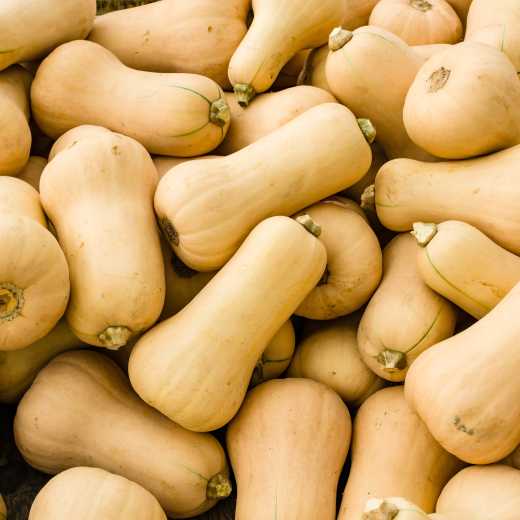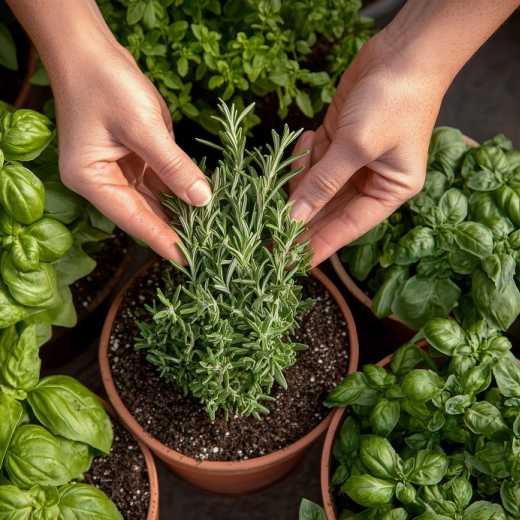The Incredibly Edible Sesame Plant
Ask any garden club friend where they got a plant and chances are they will tell you another friend introduced them. This usually sets off a chain of other names who passed the plants on to the first person, and so it goes. In this series, we will interview gardeners who share stories of special plants acquired from garden club friends.
The first in our series is Sesame, an amazing genus of pollinator plants with edible seeds.

Sesame, is an ancient plant that grows very easily in well drained, sandy soil. Botanically known as the genus Sesamum in the Pedaliaceae family, Sesame flowers grow in trumpet shapes along a central stem.
While sesame can thrive on full sun and neglect, sesame will grow much taller and produce more blossoms and seeds in enriched, neutral pH soil, producing seed pods at every node where flowers are pollinated by bumble bees and carpenter bees.
Grown as an upright specimen in full sun, plants can get 2-3 feet tall but rarely branch out so gardeners are encouraged to grow them en masse similar to grain plants like amaranth. Leaves are lanceolate and grow opposite each other up to 2” wide and 6” long. Sesame flowers are trumpet shaped growing at each leaf axis, blooming from bottom to top over a few weeks. The corolla is typically bright white to very light pink with some rare purple to bluish cultivars. Nectar and pollen is held deeply inside the corolla attracting both large bees and the occasional hummingbird.
Two inch rectangular seed pods with four chambers follow the flowers and are dehiscent, bursting open at the perfect time for seed dispersal.
In its native East African to Asian range, it can be a perennial plant but in most home gardens, it is considered a self-sowing annual. While experts disagree on its original cultivation, charred sesame seeds were discovered in Egypt in King Tut's tomb (1350 BCE), dried specimens were recovered from the Thousand Buddhas Grotto in Bozikik, Turpan, China (700 BCE) and referenced as a medicinal plant in ancient Indian scrolls dating back to 3500 BCE.(1)
As a cash crop, sesame is grown for either its protein-rich seeds or the oil made by pressing the seeds. Nutritionally, sesame seeds are approximately 30-40% oil and 20-25% protein (2); however, the more light the plant gets, the more oil it will produce and the less protein will be in its seeds. Seed color is another good indicator of oil content as white and yellow sesame seeds have more oil content while black seed varieties tend to have more protein.

According to Joan McDonald of the Garden Club of Charleston, who loves adding sesame plants to her downtown cottage garden, sesame is a favorite for its balance of beauty and utility. The flowers grace her garden all summer long, attracting bumble bees and hummingbirds and the golden seed pods add a special touch to her fall garden.
For Joan, sesame plants are best considered an upright pollinator plant with edible seeds. To save the seeds, the entire stalk is harvested in late summer to early fall, then bundled upside down in brown leaf bags set in a location of low humidity. Inside the bag, the seeds will burst open over a few weeks and can be easily harvested for storage. “It’s always fun to listen to them burst open as they fully mature. It creates a melodic, rain-like sound.” Once seeds are harvested, Joan adds the dried stalks to floral arrangements. She has even sprayed them with fresh green transparent floral dye to enhance their textural appeal.
While sesame seeds are easily direct sown into any full sun garden, Joan recommends starting the seeds in 2 inches of good, seed-starting mix inside cell trays or seed plug trays. Cover with 1/4” of soil and lightly water. Place in direct light in a sunny location or start indoors under a grow light. Outside temperatures should be 73 to 75 degrees for best germination results.
In about 10-14 days, a second set of leaves should form. These are the true leaves that indicate it is time to transplant into 4” pots of lightweight potting mix. Good drainage at each stage is essential to prevent rot.
Once the roots reach the bottom of the 4” pot, plants can be transplanted into a full sun location in your garden. Joan cautions to always make sure the root ball is placed level to the soil. This will prevent planting too deep or depriving the roots of good soil contact.
Because there are several plants in the Pedaliaceae family that mimic sesame’s appearance, it is always wise to source your seeds from a reputable grower, especially if you intend to eat the seeds. Some savvy gardeners have even successfully grown sesame from store bought seeds, however, these are often treated or heated to prevent germination. If you choose to go this route, search for non-GMO organic or heirloom growers. Readily available species include Sesamum indicum L, commonly called sesame seeds, which produces white flowers with white, yellow, or black seeds and Sesamum radiatum, commonly called benniseed, which produces deep pink flowers with black seeds.
While most Asian, African, and Indian cuisines highlight sesame’s versatility, American cuisine is still struggling to catch up. Aside from the famous sesame seed bun and the everything bagel, sesame seeds are rarely found in recipes.
One notable exception is the Benne Wafer, a famous Charleston crispy cookie made from brown sugar and sesame seeds. Its origin dates back to the Gullah culture of the enslaved. Benne, from the original benë, derives from the Wolof and Bambara languages of Senegal, Gambia, Mali, and Mauritania and is synonymous with sesame. In Gullah culture, benne wafers are given for good luck.(3)

Freshly dried sesame seeds contain phytic acid which can prevent your body from absorbing minerals. Therefore, it is recommended that seeds are lightly toasted in a cast iron skillet until golden brown before use.
References:
- https://en.wikipedia.org/wiki/Sesamum_radiatum
- https://www.ncbi.nlm.nih.gov/pmc/articles/PMC9573514/
- https://www.ncfolk.org/2016/benne-for-good-luck/

 Member Login
Member Login






